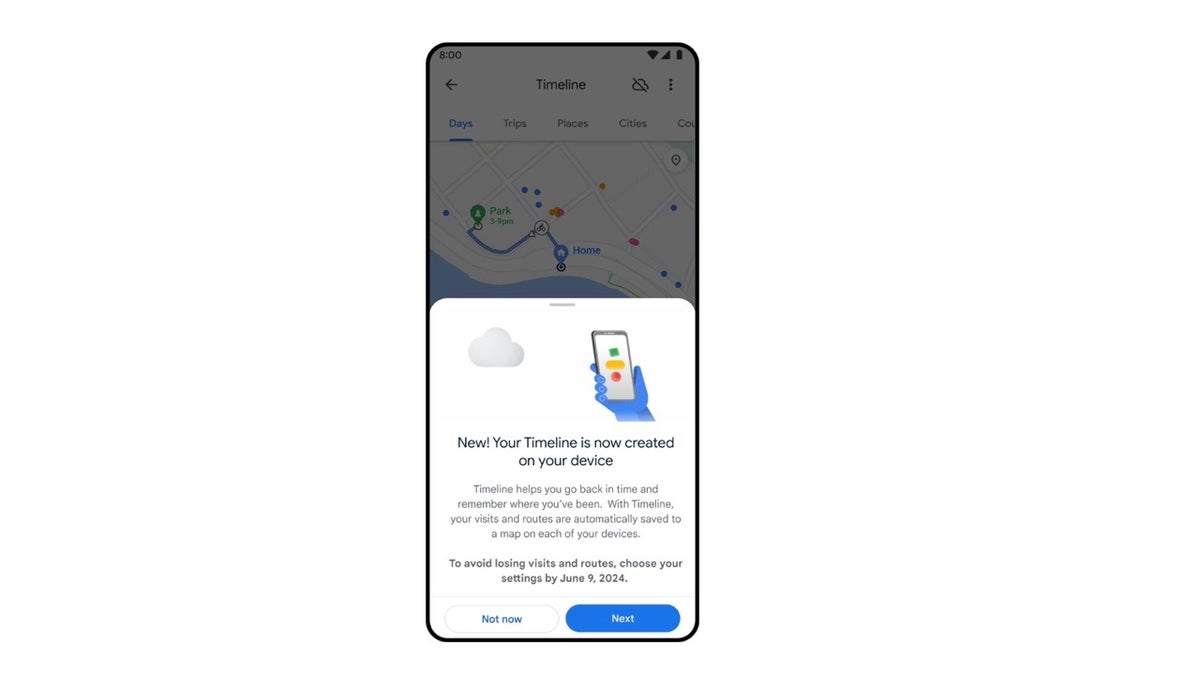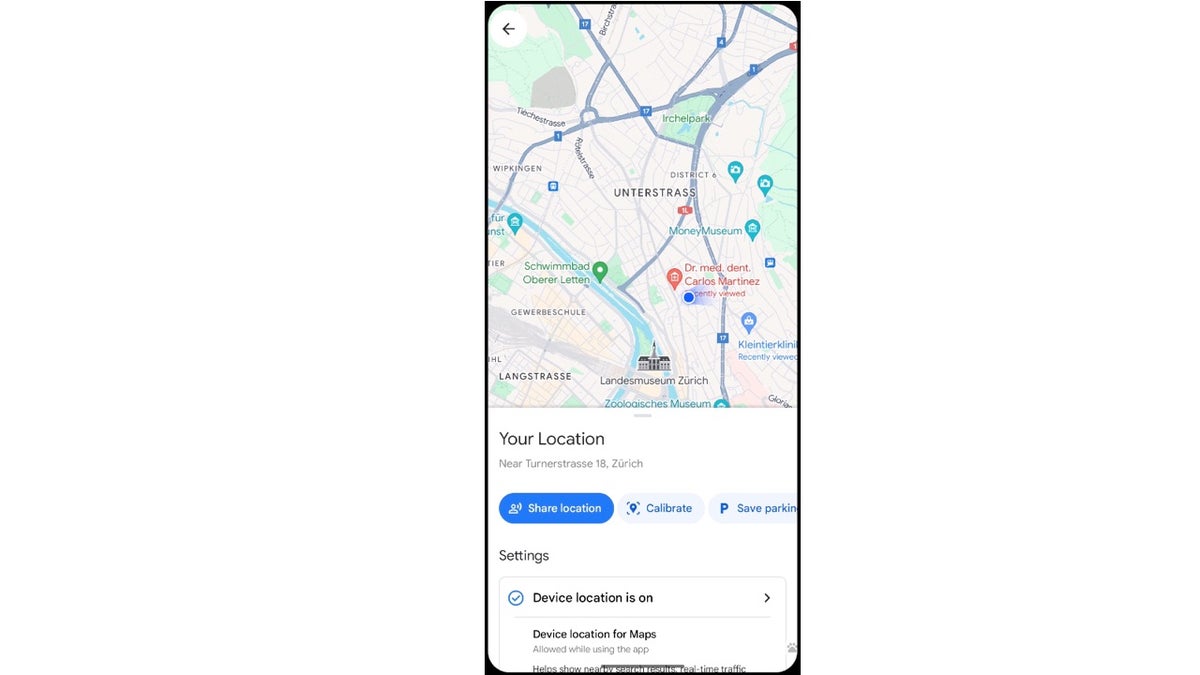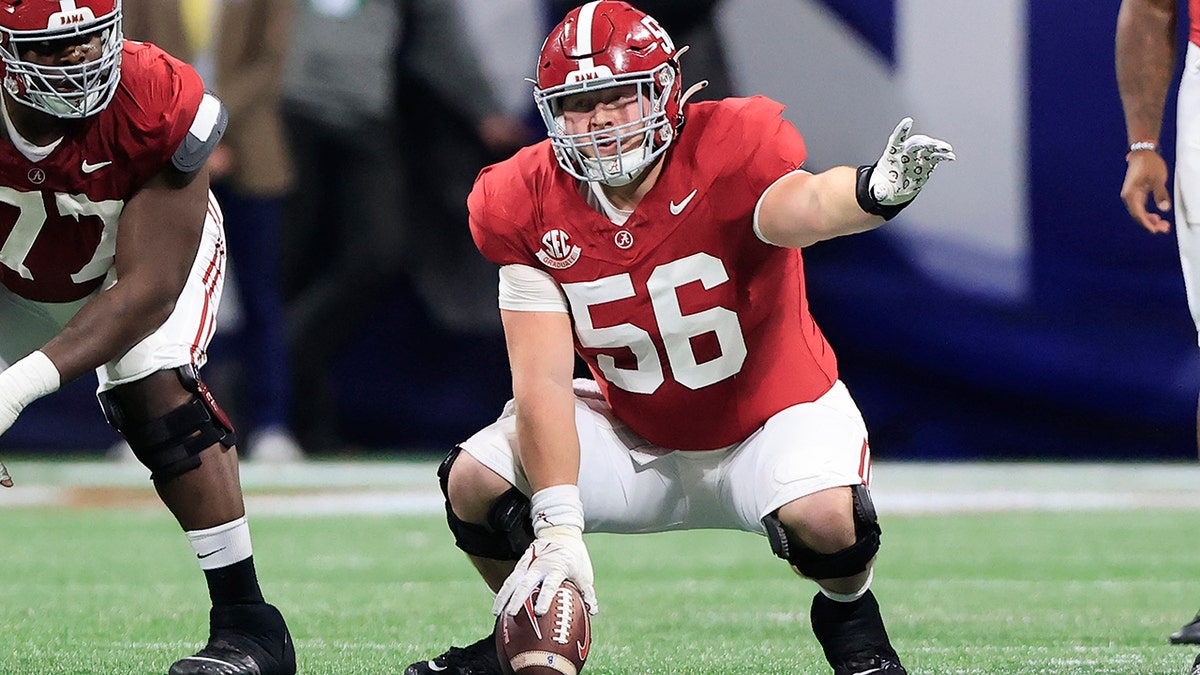An outbreak of whooping cough (pertussis) has been reported on Long Island, New York, according to health officials.
On Dec. 30, 2023, Suffolk County Health Commissioner Dr. Gregson Pigott released a statement noting that the county’s health department is tracking a growing number of pertussis cases.
Of the 108 cases that have been reported, the “vast majority” are children who attend local school districts and their parents, according to the release.
AS COVID CASES RISE, PROBIOTICS COULD REDUCE SYMPTOMS AND INFECTION, STUDY SUGGESTS
Most of the patients were vaccinated and have only mild symptoms.
No hospitalizations have been reported thus far.
An outbreak of whooping cough (pertussis) has been reported on Long Island, New York, according to health officials. (iStock)
“With so many respiratory illnesses currently circulating, some for which there is no treatment, we wanted to make sure that parents know that pertussis, also called whooping cough, can be treated with antibiotics if diagnosed early,” said Pigott in the release.
“Whooping cough can be very serious for infants too young to be vaccinated, which is why we are alerting both medical providers and the public that this illness is circulating.”
What is whooping cough?
A highly contagious respiratory tract infection, pertussis gets its more common name “whooping cough” from the severe hacking cough that some people develop.
While the vaccine offers protection against severe illness for children, infants who are too young for vaccination are at the highest risk, according to Mayo Clinic.
In addition to the cough, initial symptoms mimic those of a cold — including nasal congestion, runny nose, fever, and red, watery eyes.
Symptoms get worse over time, often leading to severe and uncontrollable coughing fits, which end with a “whooping” sound after the patient breathes in due to a buildup of mucus in the airways, Mayo Clinic noted.
Who is most at risk?
Infants are at the highest risk of severe disease and life-threatening complications from whooping cough, including interrupted breathing, pneumonia, seizures or, rarely, death.
“Pregnant women, individuals with compromised immune systems, and older adults are also more susceptible to severe symptoms,” Katy Dubinsky, a New York pharmacist and the CEO and co-founder of Vitalize, a private supplement company, told Fox News Digital.

Of the 108 cases that have been reported so far in Long Island, New York, the “vast majority” are children who attend local school districts and their parents, according to the release. (iStock)
“The condition becomes dangerous when it leads to severe coughing spells that cause difficulty breathing, vomiting or interrupting normal breathing patterns in infants.”
There are some 24 million cases of pertussis worldwide each year and 50,000 in the U.S., according to Dr. Marc Siegel, clinical professor of medicine at NYU Langone Medical Center and a Fox News medical contributor.
CDC’S COMMENTS ON TODAY’S PNEUMONIA OUTBREAKS VS. THE EARLY COVID CASES, AS COMPARED BY EXPERTS
The primary treatment for pertussis is antibiotics, which are most effective when administered early.
Azithromycin is the common treatment for children and doxycycline is prescribed to adults, Siegel said.
“It’s also important to manage symptoms, especially in severe cases,” Dubinsky added. “This might include hospitalization for infants or those with severe symptoms to monitor and treat complications.”
What causes outbreaks?
Cases of whooping cough decreased during the pandemic, Siegel noted.
“They are increasing more now as our immune systems are exposed to viruses and bacteria we haven’t seen and are slower to respond,” he noted.

Due to the potential severity in young infants and those with weakened immune systems, it’s important to seek medical attention if pertussis is suspected, an expert stressed. (iStock)
Whooping cough outbreaks typically occur when there are populations with low vaccination rates, noted Dubinsky.
“Pertussis is highly contagious, and in areas where herd immunity is not strong due to insufficient vaccination, the disease can spread more easily,” she told Fox News Digital.
“Additionally, the immunity from the vaccine or previous infection wanes over time, which can also contribute to outbreaks.”
CLICK HERE TO SIGN UP FOR OUR HEALTH NEWSLETTER
The best way to combat and contain an outbreak is through vaccination, according to Dubinsky.
“The DTaP vaccine for children and the Tdap booster for adults and adolescents are crucial,” she said.
It is recommended that pregnant women get the Tdap vaccine during each pregnancy, as it helps protect the newborn until they can receive their own vaccinations, Dubinsky added.

It is recommended that pregnant women get the Tdap vaccine during each pregnancy, as it helps protect the newborn until the child can receive his or her own vaccinations. (iStock)
Siegel agreed that the vaccine is effective at decreasing severity, but noted that even vaccinated people can still get a mild case with cough and congestion.
During outbreaks, Dubinsky emphasized the need to practice good hygiene, such as regular hand washing and the use of tissues or elbows to cover coughs.
“Isolating infected individuals is another key step in preventing the spread,” she said.
CLICK HERE TO GET THE FOX NEWS APP
Suffolk County health officials recommend that anyone diagnosed with whooping cough stays home from work or school until completing five days of antibiotics.
Due to the potential severity in young infants and those with weakened immune systems, it’s important to seek medical attention if pertussis is suspected, Dubinsky stressed.
For more Health articles, visit www.foxnews.com/health.




















